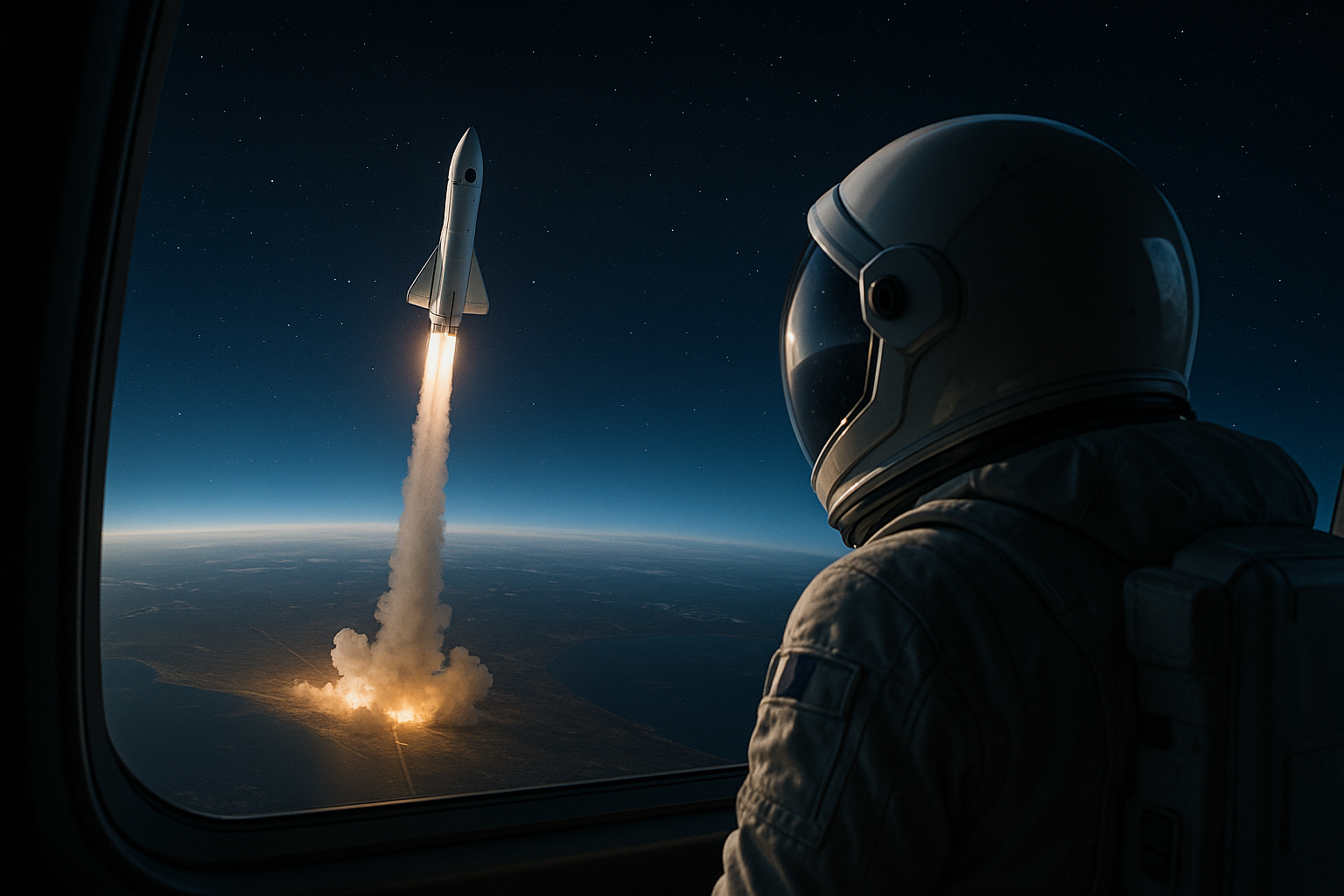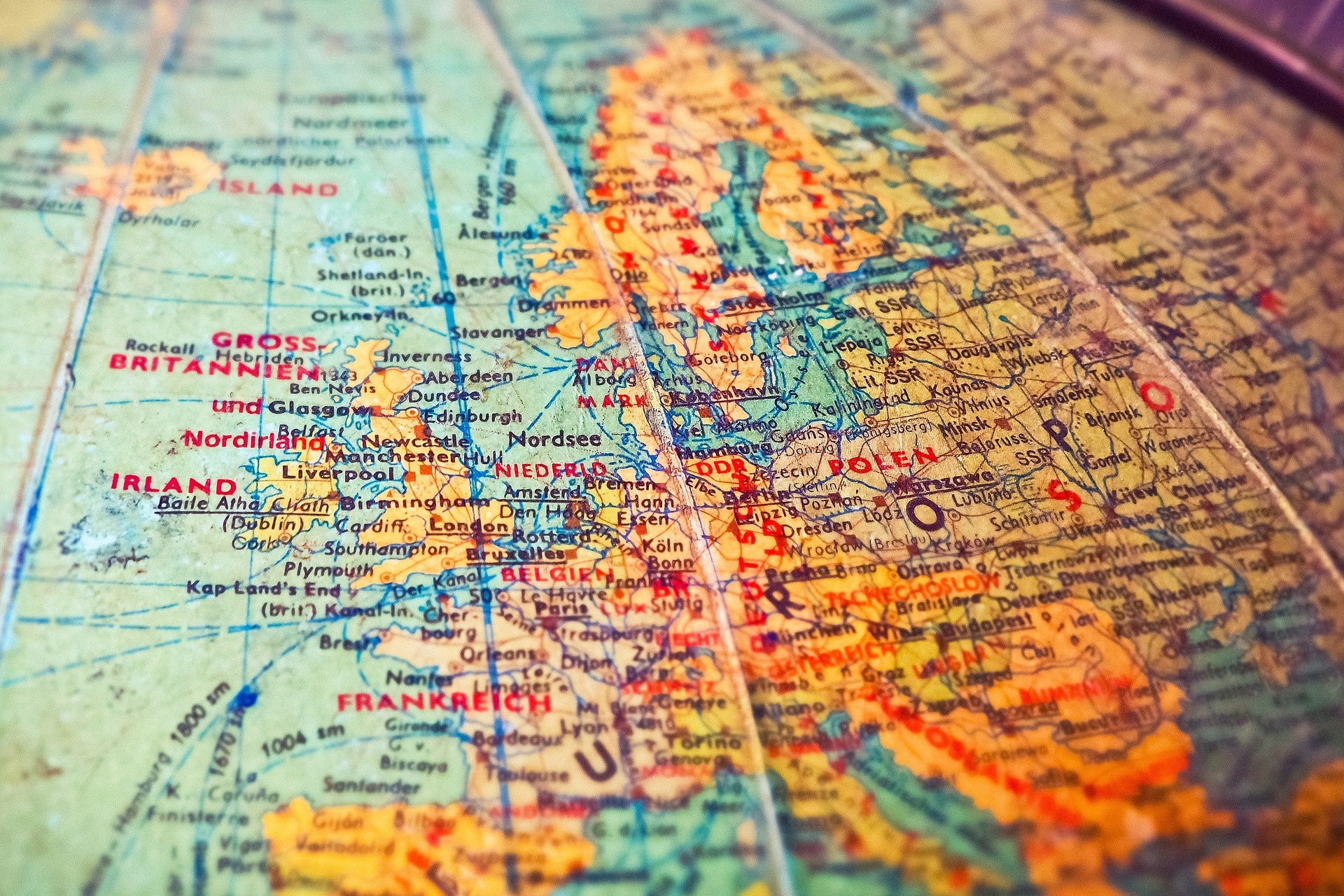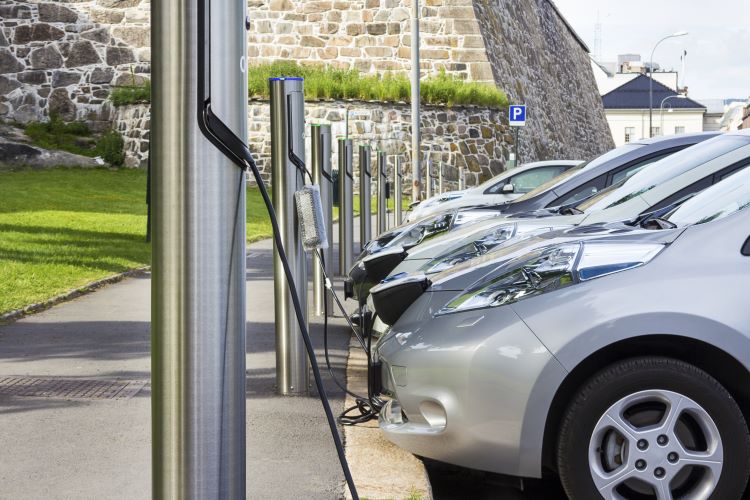Beyond the Horizon: The Advent of Space Tourism
Space tourism, once a concept relegated to the realm of science fiction, has rapidly evolved into a tangible reality. The idea was first conceptualized in the early 1960s, triggered by the space race between the United States and the Soviet Union. However, it wasn't until the turn of the 21st century that the concept started to gain traction, as advancements in technology and the rise of private space companies like SpaceX and Virgin Galactic brought space travel within the reach of private citizens.

Taking Flight: Current Trends in Space Tourism
Today, space tourism is on the brink of a new era. Several companies are developing spacecraft designed specifically for tourists. Elon Musk’s SpaceX is already sending astronauts to the International Space Station (ISS) and plans to offer seats to private passengers. Meanwhile, Jeff Bezos’ Blue Origin and Richard Branson’s Virgin Galactic are focused on suborbital journeys, offering a brief but exhilarating experience of zero gravity and stunning views of Earth.
Soaring High: The Appeal and Challenges of Space Tourism
The allure of space tourism lies in its ability to offer a unique, once-in-a-lifetime experience. For many, the prospect of looking down at our planet from space, experiencing zero gravity, and stepping beyond Earth’s atmosphere is an irresistible draw. However, there are significant challenges to overcome, including the high cost of space travel, the physical demands on passengers, and the environmental impact of frequent launches.
Backed by Science: The Research Behind Space Tourism
The development of space tourism is underpinned by decades of scientific research and technological developments. From the engineering of reliable, reusable spacecraft to the study of how the human body reacts to space travel, every aspect of space tourism is backed by rigorous science. Additionally, as space tourism grows, so too does our understanding of space and its potential benefits and hazards.
A Starlit Journey: Practical Facts about Space Tourism
-
Training is a must: Space tourists must undergo rigorous physical and psychological training to prepare for the stresses of space travel.
-
Safety first: Companies prioritize passenger safety, with multiple fail-safes built into every launch.
-
Costly venture: Currently, space travel is expensive, with tickets ranging from $250,000 to $55 million.
-
Short but sweet: Suborbital flights, while pricey, only last about 15 minutes.
-
Environmental impact: Space tourism’s environmental footprint is currently a topic of ongoing research and debate.
To Infinity and Beyond: The Future of Space Tourism
Space tourism is poised to transform the travel and transportation industry, offering unprecedented experiences and expanding our understanding of the universe. As technology advances and prices become more affordable, the dream of space travel may soon be within the reach of many. However, it’s crucial to address the challenges and ethical considerations that arise, ensuring that space tourism develops in a way that is sustainable and accessible to all. In the meantime, we can look to the stars with anticipation, ready for the next chapter in our collective adventure.






